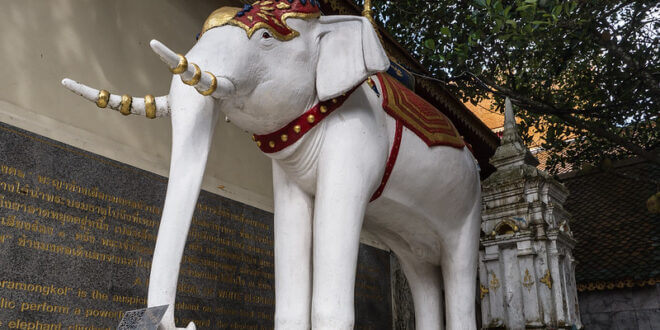The Exploration Of Chakra Animal Symbols
Chakra animal symbols are an integral part of energy-based spirituality, and they guide our lives in an optimistic direction. Sanskrit for “for wheel,” this system resembles our network of nerves and the organs belonging to the nervous system. Fittingly, chakra-esque symbols are recognized as representative of circular energies and their centers. Our nerves (and our connection to and awareness of them) are vital. They play a major role in our spiritual journey and meditation. We learn and absorb all that we can using Chakra animal symbols.
When we focus on our nerves and the energetic sensations they experience, we can understand them more comprehensively. This facilitates the necessary practice of balance in our precious lives. More often than not, we find ourselves living in an unbalanced way. This we do by leaning far too much toward one side of the spectrum. Using our chakra energy centers and aiming to achieve proper balance, we can recognize and change areas in our lives that we want to change.
Using Chakra Animal Symbols Energy in Daily Life
Each nerve area in our bodies has different attributes and symbolic meanings that affect and apply to us in different and unique ways. This is also the case with chakra animal symbolism. Both chakra and animals offer ways of spiritually communicating and learning, so it makes sense that they would be paired together.
Creatures show us the cyclical nature of life- just as the chakras represent a circuit, so, too, do animals. When we combine the attributes of specific animal totems with the appropriate chakra property, we open ourselves spiritually to many tools. Thus taking our lives into our own hands. We facilitate our growth and healing, a sure-fire step toward more mindful living and enlightenment.
The Seven Major Chakra Animal Symbols and Their Symbolism
There are seven major chakras from ancient Hindu texts. Each designating a specific nervous cluster: muladhara, svadhistana, manipura, anahata, vishudha, ajna, and sahasrara. The chakras form a vertical line beginning at the top of the head and stretching down to the genitals in the body. Each area also has its animal correspondence that is symbolized both spiritually and in artistic forms.
Muladhara
Muladhara, the first and commonly referred to as “root chakra,” is located at the base of the spine. The gentle giant elephant symbolizes this chakra and sends a message of providing for yourself and others. As a totem, the elephant represents strong qualities and attributes, and its role in the chakra system is no different. Here, it symbolizes protection, love, remembrance, closeness, sociality, and effectiveness.
Svadhistana
The second and sacral chakra, Svadhistana, is paired with the fierce crocodile. This chakra corresponds with the genitals and reproductive organs, making it highly attuned to sexual energies. Fittingly, the mantra associated with Svadhistana is, “I produce.” Additionally, this chakra calls upon the powerful traits of the crocodile, such as creativity, balance, capriciousness, and the ability to dive deep before resurfacing.
Manipura
Next is Manipura, the area of the body beneath the navel. This chakra is concerned with all of the internal abdominal organs. Manipura is appropriately called “solar plexus” due to its association with fire. Its animal totem is the ram, which values and practices charging and recharging like the sun. Manipura’s ram aims to motivate, speaking of determination and willpower.
Anahata
The tender antelope is symbolic of the next chakra, Anahata, which deals with the heart area and is appropriately deemed “the heart chakra.” Antelopes share their love and grace, inspiring us with their great leaps. This chakra/animal combination reminds us to be bigger than the petty issues in life.
Vishudda
The white elephant characterizes the throat chakra, Vishudda. This should not be confused with a regular gray elephant. This elephant represents spiritual expression and communication. This chakra can be called upon when you need to master something. Additionally, Vishudda purifies the soul and allows it to harmonize with nature.
Ajna
Ajna, the next chakra, is also the “third eye.” As the name might lead you to believe, this chakra focuses on the forehead area between the eyebrows. The black antelope represents this, which says to us, “I guide.” Fittingly, the black antelope represents journeys that allow us to explore ourselves internally, search for the truth, and gain a new vision or perspective.
Sahasrara
The final chakra, Sahasrara, does not have a specific animal associated with it. Deemed the “crown chakra,” it deals with the top (crown) of the head and the brain. It is the interpreter of all senses and physical stimuli that the other chakras send to it. It is the culmination of information that is crucial to understand if you wish to achieve enlightenment.
By focusing on the revelatory nature of this chakra, you gain the freedom to associate it with an animal of your choice. Choose something that you have researched and believe emulates the appropriate qualities of such a crucial energy center. Good luck!
 Sun Signs Everything Under The Sun!
Sun Signs Everything Under The Sun!
